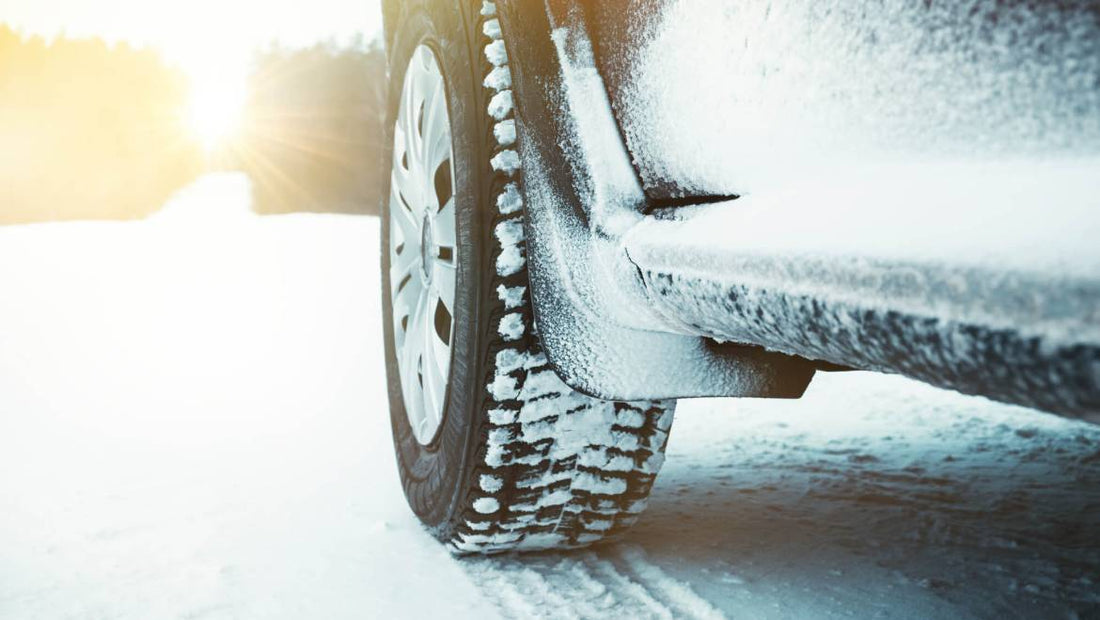If you are at least interested in the automotive sector, you have probably already seen or read the concepts of traction and propulsion.
Do you know the differences between a front-wheel drive or rear-wheel drive car ?
Read our article to see more clearly.
WHAT IS A WHEEL DRIVE CAR?
You should know that front-wheel drive cars are the vehicles we see the most on the road. In fact, this system is the one that allows most private vehicles to run.
Based on a front-wheel drive system, the car is “pulled” by the front wheels which benefit from the power of the engine . We then speak of drive wheels which, in this case, are the two front wheels.
Please note: it is the manufacturer Citroën who democratized this system.
Today we see two types of traction:
– A transverse powertrain : powerplant parallel to the axis of the engine;
– A longitudinal engine power unit : engine group perpendicular to the axis of the engine.
WHAT IS A RWD CAR?
Unlike front-wheel drive cars which are pulled from the front, rear-wheel drive vehicles are pushed from the rear . In this case, it is the rear wheels which act as driving wheels . The front wheels are only used for steering.
Like front-wheel drive cars, there are several types of rear-wheel drive car configurations:
– Engine located at the front and drive wheels at the rear with a transmission tube that connects one to the other: this is the safest and most comfortable propulsion configuration (the passenger compartment is larger) .
– Central engine located in the middle of the vehicle in front of the axle of the driving wheels: this is the configuration used for competition vehicles. The cabin is narrower, but the car is easier to drive.
– Engine located at the rear (cantilever configuration): more dangerous driving, but better acceleration.
WHEEL DRIVE OR RWD CAR: WHAT DIFFERENCES?
You probably understood this by reading the previous paragraphs: traction systems are rather used for everyday cars while we see propulsion systems in racing vehicles.
In fact, front-wheel drive cars hold the road much better than rear-wheel drive cars . This is particularly noticeable when cornering or on slippery roads: front-wheel drive vehicles are much safer than rear-wheel drive vehicles. However, it is possible for low gearing or high acceleration to cause drive wheel spin for front-wheel drive vehicles.
On the other hand, rear-wheel drive vehicles are much more powerful than front-wheel drive vehicles and benefit from more explosive acceleration . Which offers so-called sporty driving. In addition, this type of vehicle generally benefits from better weight distribution.
CONCLUSION: SHOULD YOU PREFER A DRIVE-REAR OR RWD CAR?
In fact, you will have difficulty finding an everyday car with a propulsion system. Indeed, this type of transmission is generally used for racing and competition cars. That being said, to put it simply, the main difference between a rear-wheel drive and a front-wheel drive car concerns both the safety and the power of the vehicle .
If you are primarily looking to get from point A to point B on a daily basis in a car that provides you with maximum safety, you need a front-wheel drive car.
If, on the other hand, you are looking for a car to have fun on the track, look for a rear-wheel drive car. Driving will be more nervous and you will have an easier time performing tricks (skids among others).
So, it’s all a question of desire.
However, also think about other motorists . There is no point in risking your life and endangering others on the road. To have fun, nothing better than a circuit or a place designed for this purpose.
So, to summarize: front-wheel drive for everyday commuting and rear-wheel drive for racing.
RWD OR DRIVE VEHICLE: WHICH EQUIPMENT FOR DRIVING IN WINTER?
You are probably aware that the Montagne 2 law has finally come into force . So, if you are preparing to ride in the mountains, you must have suitable tires (winter tires or 4-season tires) or, at a minimum, equipment such as chains or snow socks .
Problem: some vehicles cannot be chained. This is the case for some rear-wheel drive cars. Fortunately, there is a solution that meets your needs: the Musher over-tire which can be installed on all vehicles, whether they are chainable or not. Ideal for hitting the road with complete peace of mind.
Contact us to find out more and enjoy free delivery without waiting.
